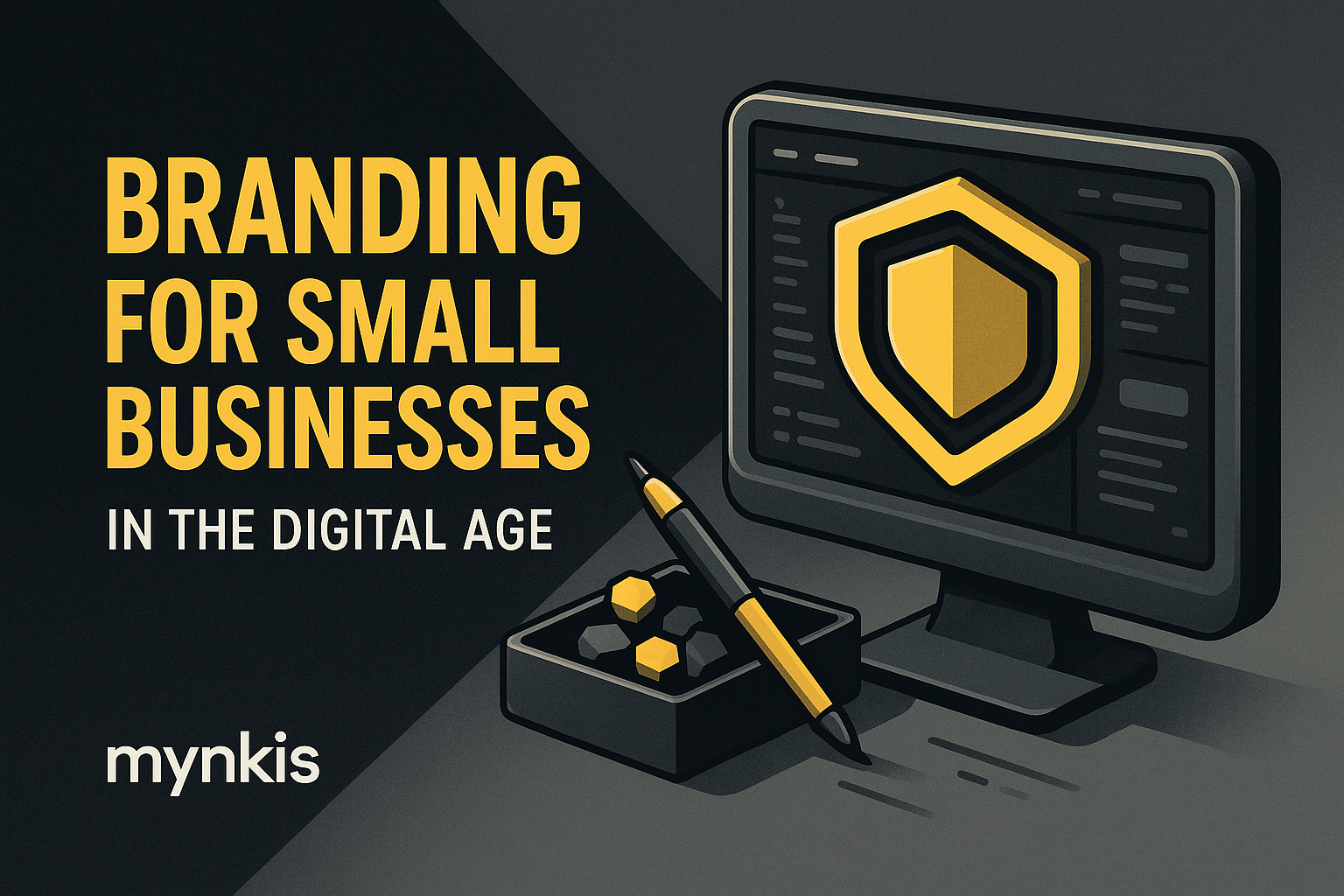Schedule a Demo
Brand identity is not just a logo or a color palette; it's the soul of your business. For small businesses, crafting a unique brand identity can be the difference between blending into the background and standing out in a crowded marketplace. From my experience working with numerous small enterprises, a strong brand identity fosters recognition, trust, and loyalty among customers.
A well-rounded brand identity encompasses several key elements: visual design, messaging, voice, and the overall experience. Visuals, of course, include the logo, typography, colors, and imagery that represent the brand. Messaging and voice focus on the language and tone you use, which should consistently reflect your brand's personality and values. The experience relates to how your customers interact with your brand across various touchpoints, both online and offline.
In the digital realm, a consistent brand identity across your website, social media, and marketing materials is crucial. Your website serves as the digital face of your business; it should not only be aesthetically pleasing but also align with your brand's overall identity. Small businesses need to ensure that their site's design resonates with their established brand elements to effectively convey the right message to their audience.
For firms looking to generate leads through SEO, a cohesive brand identity enhances search engine optimization efforts. A strong brand presence on your website improves user experience, which can lead to better engagement metrics, a key factor for SEO. When your content and visuals consistently reflect your brand, search engines recognize the relevance, thereby boosting your site's visibility.
With automation tools, small businesses can maintain consistency across different platforms more efficiently. Automating certain aspects of content creation and distribution allows you to apply your brand's style guidelines easily. From email marketing campaigns to social media posts, automation can help ensure that every piece of content reflects your brand's unique identity without manual oversight.
For B2B websites designed for lead generation, the brand identity becomes a critical component in establishing trust with other businesses. Your website should not only be functional but also embody the professionalism and ethos of your brand. Integrating case studies, testimonials, and high-quality content into your site can elevate your brand's image while directly addressing the needs of other businesses.
Integrating various digital tools and platforms can greatly impact the cohesiveness of your brand identity. APIs and third-party services enable seamless communication between your marketing tools, CRM systems, and other technologies. This integration ensures that your brand is represented consistently no matter where your customers interact with you, creating a unified brand experience that's easily recognizable.
Visuals play a massive role in telling your brand's story. Each image, color, and design element chosen for your small business should thoughtfully convey who you are and what you stand for. In the journey of small business growth, impactful visuals can make you memorable and foster an emotional connection with your audience, strengthening your brand identity across all platforms.
While a logo is a fundamental aspect of brand identity, small businesses must look beyond just a great logo design. It's about ensuring that the logo is incorporated into every aspect of the business, from business cards to web headers. Developing a full suite of visual assets, including icons, patterns, and even video, ensures a 360-degree brand experience that leaves a lasting impression.
Messaging that aligns with your core values is another pillar of brand identity. The tone, style, and language you use across your website, marketing materials, and even customer service should consistently reflect what your brand stands for. For example, if your small business prides itself on customer-centric values, your messaging should exude warmth, empathy, and a willingness to help.
Your brand identity is not set in stone; it should evolve as your business grows. What works for a startup might not be suitable as you scale up. I've seen businesses successfully tweak their branding by keeping their core identity but refreshing elements like their visual assets or tone of voice to stay relevant to their audience and reflect their current business status.
Metrics and feedback are vital for evaluating how effectively your brand identity serves your small business. Key Performance Indicators (KPIs) such as brand recognition, website engagement, and conversion rates can help gauge the success of your branding efforts. Additionally, soliciting direct feedback from customers can offer invaluable insights into how your brand identity resonates with your audience.
While maintaining brand consistency is essential, so is adapting to market changes. For small businesses, this could mean being open to experimenting with new marketing strategies or slightly altering your brand messaging to tap into new market segments without losing sight of your core identity. It's a delicate balance, one that requires constant attention and strategic thinking.
Looking at successful examples of brand identity in action can inspire your own efforts. From companies like Mailchimp, which evolved its quirky brand to serve a larger audience without losing its essence, to local cafes that use distinctive designs to engage their community, we can learn a lot. Studying such cases provides practical insights into what can be achieved through thoughtful branding, especially for small businesses.
As digital technology continues to evolve, so too must the ways in which small businesses approach brand identity. We're likely to see more dynamic and interactive branding methods, from augmented reality experiences to personalized customer journeys. Embracing these new tools and techniques can help small businesses not only keep up with trends but also shape the future of branding themselves.
